Persian leopard (Panthera pardus ciscaucasica)
The largest leopard
The Persian leopard, also known as the Caucasian leopard, is a subspecies of leopard that inhabits the rugged mountain ranges and forests of the Caucasus region. With its beautiful golden fur and powerful build, the Persian leopard is a symbol of strength and grace, and has captivated the imagination of people for centuries. But despite its impressive reputation, the Persian leopard is facing a number of serious threats to its survival, including habitat loss, illegal hunting, and conflict with human populations. In this article, we will take a closer look at the Persian leopard, exploring its biology, behavior, and habitat, as well as the challenges it faces in the wild. We will also discuss ongoing conservation efforts to protect this magnificent big cat and ensure its future in the wild. So, come along and discover the world of the Persian leopard.
The largest leopard subspecies
The Persian leopard is the largest leopard subspecies. Their population is estimated at fewer than 1000 mature cats. It is a big and impressive cat, but its fate, similar to that of the Amur leopard is uncertain, one could say – sad.
Classification
- Class: Mammalia
- Order: Carnivora
- Family: Felidae
- Genus: Panthera
- Species: leopard (Panthera pardus)
- Subspecies: Persian leopard (Panthera pardus ciscaucasica / Panthera pardus saxicolor)
- Names: Persian leopard, Caucasian leopard, Central Asian leopard
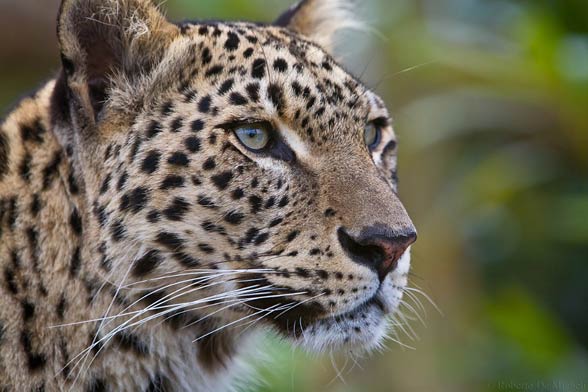
Occurrence and habitats
It is likely found over the whole Caucasus, except for steppes. Studies conducted between 2001 and 2005 confirmed that the subspecies didn’t occur in the western part of the Greater Caucasus, and it survived only in several parts of the eastern region.
The largest modern-day population lives in Iran, but political and social changes in the former Soviet Union in 1992 caused a serious economic crisis and weakened the former effective protection systems.
Generally speaking, the population of the Persian leopard is significantly fragmented, and due to the lack of monitoring methods, it is difficult to estimate the decrease in the number of these beautiful felids.
Number of individuals
- Iran – 550-850 individuals; the country is the Persian leopard’s refuge in Western Asia
- Afghanistan – 200-300 individuals
- Turkestan – 78-90 individuals
- Armenia, Azerbaijan – less than 10-13 individuals
- The North Caucasus – less than 10 individuals
- Turkey, Georgia – less than 5 individuals
- Nagorno-Karabakh – 3-4 individuals
The Persian leopard avoids deserts, areas with long-duration snow cover, and places in the vicinity of cities. It inhabits subalpine meadows, deciduous forests, ravines in the Greater Caucasus, rocky slopes, mountainous steppes, and sparse juniper forests in the Lesser Caucasus and Iran.
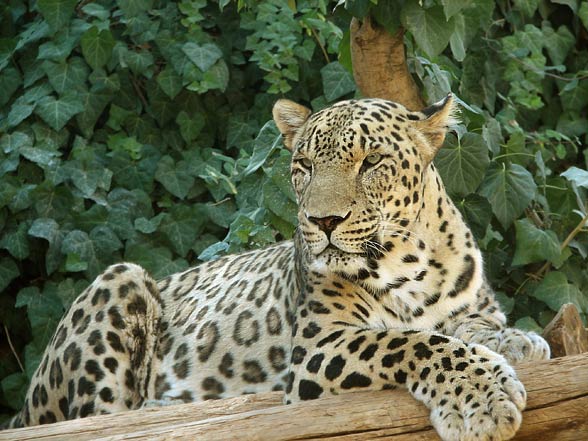
Characteristics
Appearance
Although the size of this predator depends on the geographical region which it inhabits, it doesn’t differ much from other representatives of the species. Usually, it has relatively short limbs, a robust and strong posture. On the back, sides and hips there are black rosettes, and on the head, neck, chest and stomach – small “dots”.
The background color for these markings ranges between light yellow and deep gold, except for the underside of the body from the chin to the tail, which is bright. The rosettes and markings stretch up to the tip of the tail, which constitutes 60-75% of body length with the head. The skull is large in comparison to the rest of the body, therefore, the strong jaw muscles can work flawlessly.
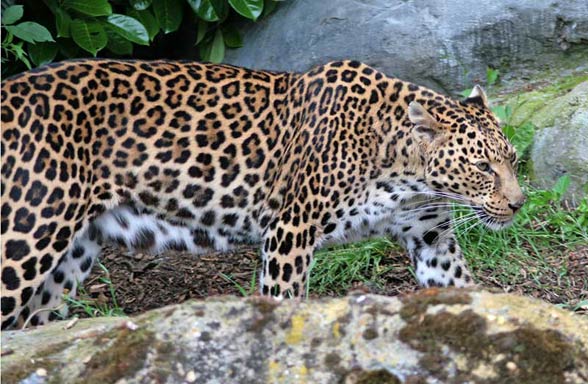
Diet, hunting techniques, lifestyle
The menu of the Persian leopard is rather diverse, because this predator can adapt to the changes in populations of animals that it hunts. Because of that, its diet may be different throughout the whole range of distribution. In Iran, Armenia and Turkestan, it feeds on Bezoar goat and mouflons which are fundamental in its diet.
The Persian leopard observes its prey from an overlook, such as a tree or a ledge. When the prey is localized, the Persian leopard approaches it and then attacks it.
It is commonly believed to be nocturnal, but there are very few studies and recorded observations that would allow a better examination of the Persian leopard’s habits. However, it seems that it is active in the daytime more frequently in places where there are no other large predators (tigers).
Reproduction
Although they’re usually solitary, males sometimes stay with females for a short time after mating. The breeding season lasts through the whole year, but its peak is in the winter. One litter consists of 1-4 cubs, after the gestation period of 90-105 days. Cubs become independent between the 13th and 18th month of life, and the average lifespan is 10-15 years, although Persian leopards may live even to 20 years.
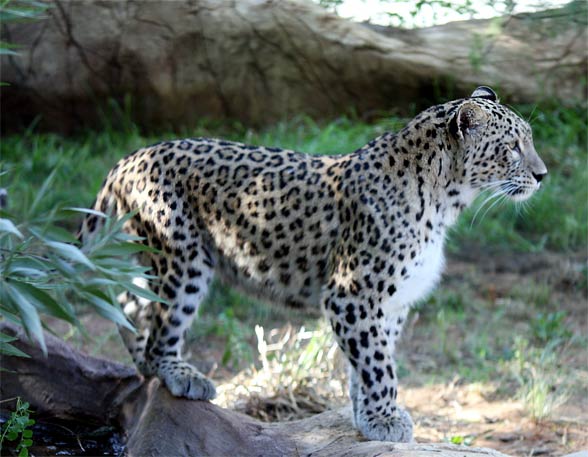
Detailed information / size
Persian leopard (Panthera pardus ciscaucasica / Panthera pardus saxicolor)
- Body length: 91 – 191 cm (2ft 12in – 6ft 3in)
- on average: 158 cm (5ft 2in)
- Tail length: 58 – 110 cm (23 – 43in)
- Weight:
- males: 37 – 90 kg (82-198 lb)
- females: 28 – 60 kg (62 – 132lb)
- Lifespan: 10 – 15 years
Persian leopard – interesting facts
- Out of the eight recognized subspecies, the Persian leopard is one of the largest representatives of the species.
- The Persian leopard has been classed as endangered, and the Amur leopard is a critically endangered species.
- The reasons for the extinction of these two subspecies include: deforestation, poaching, the presence of military and training of soldiers in border areas, fire, development of agriculture and infrastructure. Human activity is the main reason for the extinction of this subspecies.
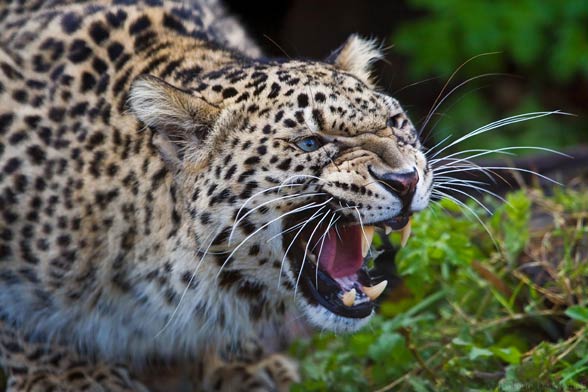
Recommended
- Amur leopard
- Siberian tiger
- Bengal tiger
- Sumatran tiger
- Indochinese tiger
- Malayan tiger
- South China tiger
- Tigers
- White tigers
- Lions
- White lions
- Lion vs tiger
- Liger
- Animal fights
- American lion
- European cave lion
- Smilodon – Saber-toothed tiger
- Fights of animals
- Big cats
- Black panther
- Leopard
- Snow leopard
- African Lion
- Fastest animals
- Fastest birds

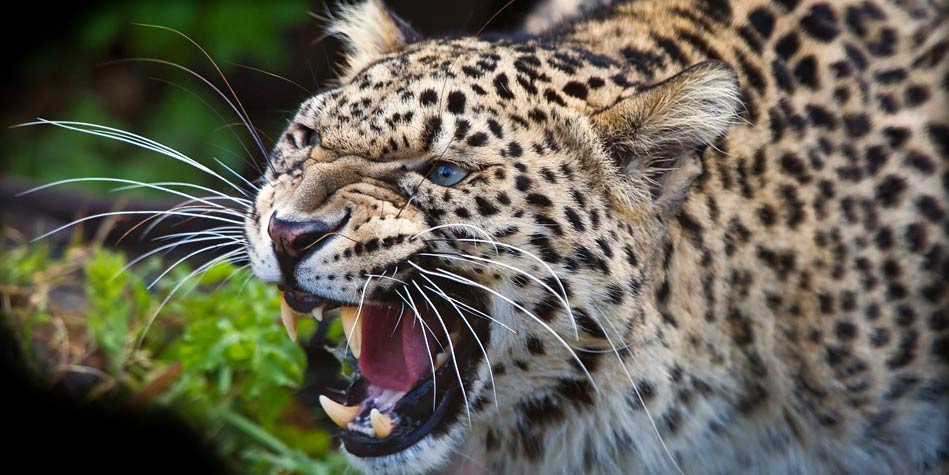
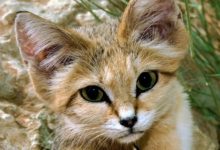
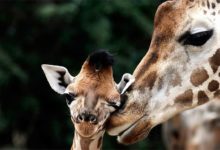




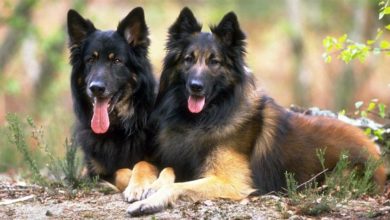




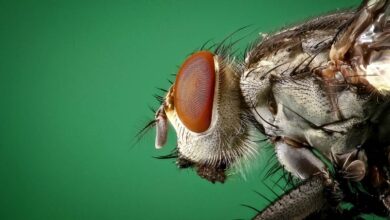

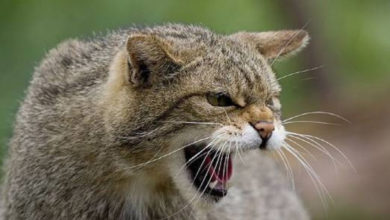

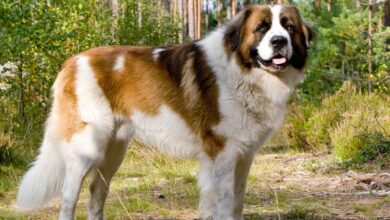
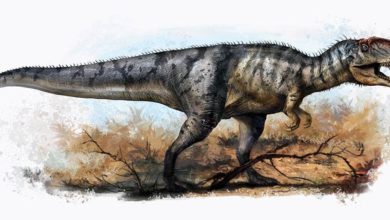
This article is incorrect. The largest Leopard subspecies is actually the Sri Lanakan Leopard (Panthera pardus kotia), weighing in at a maximum of 100kg.